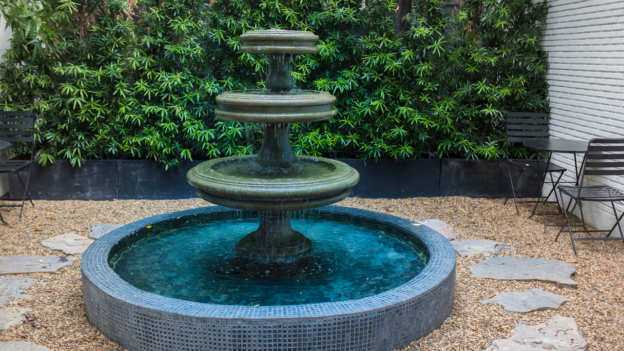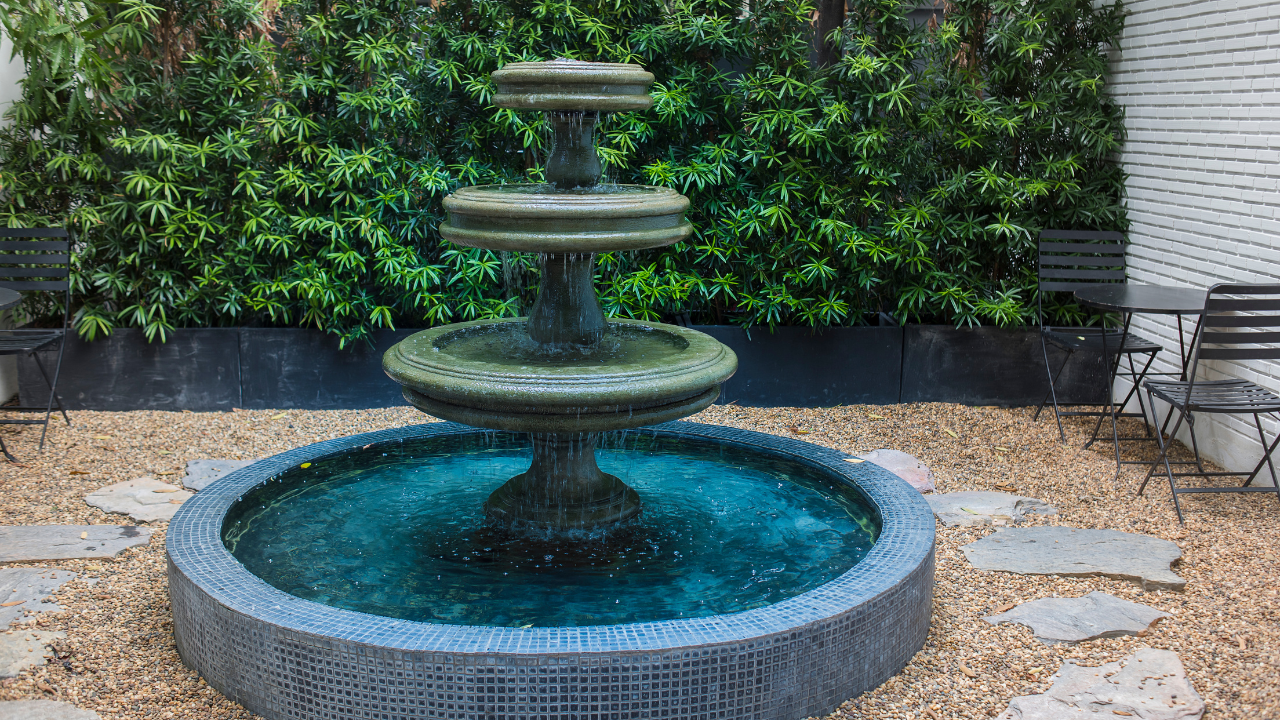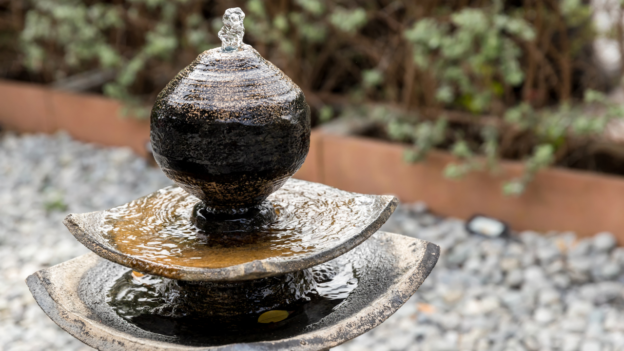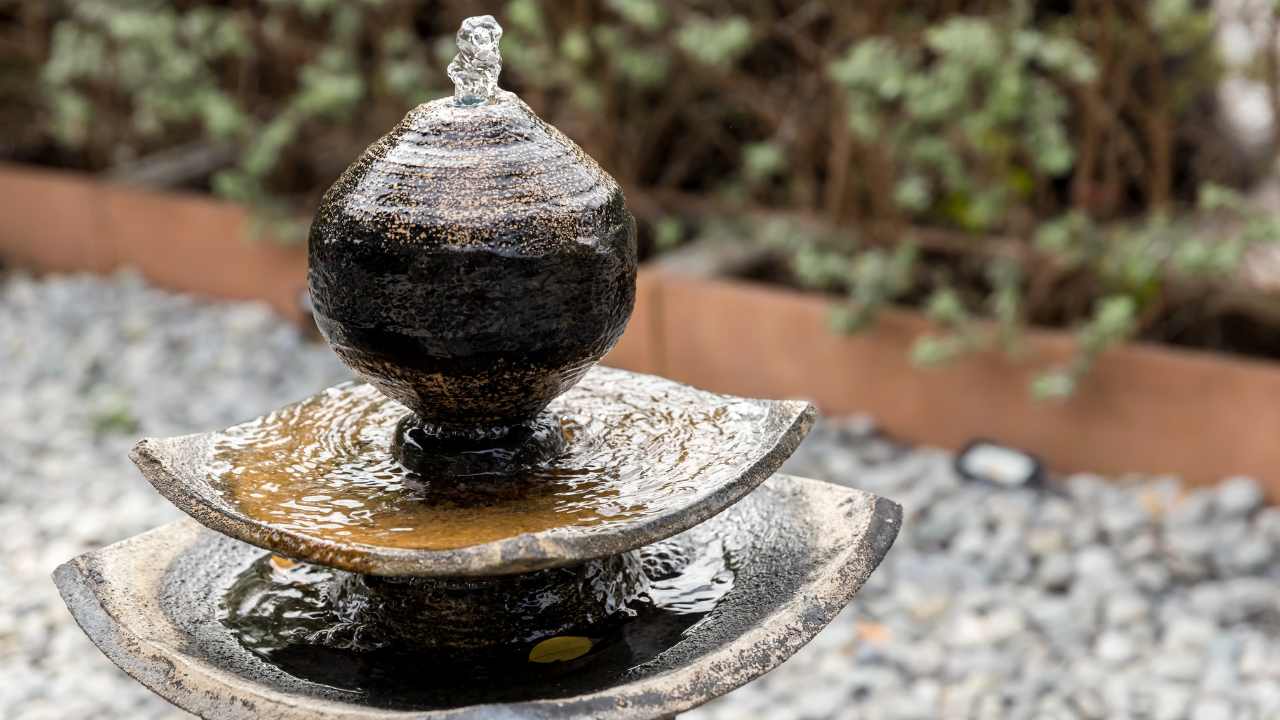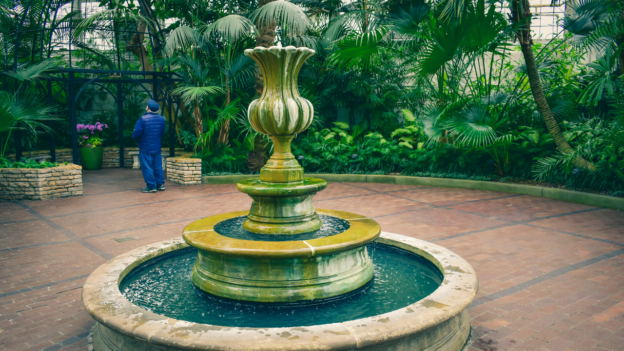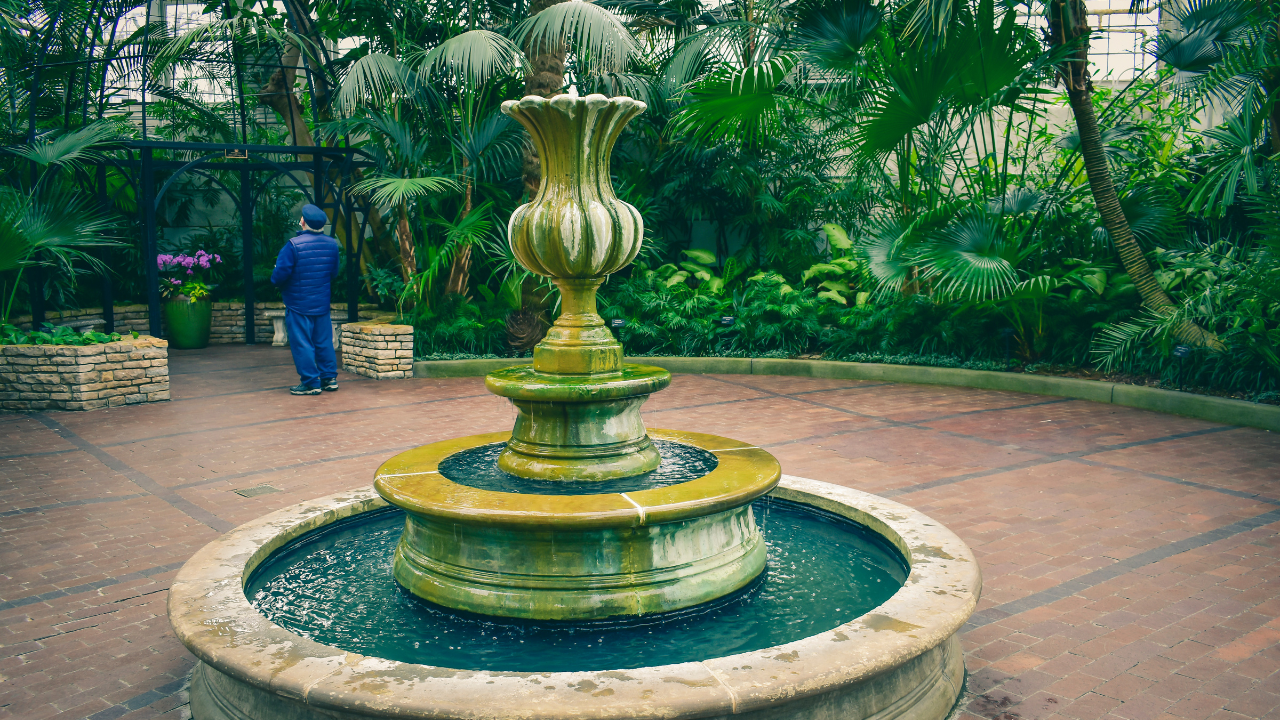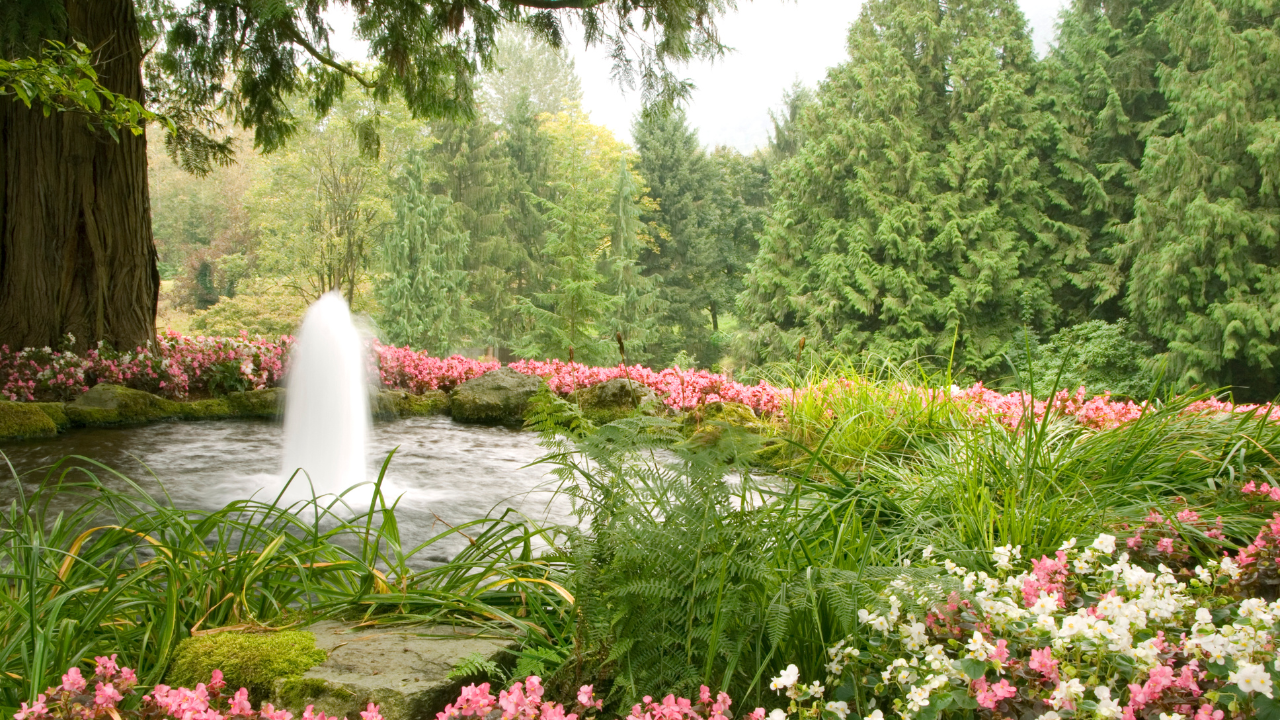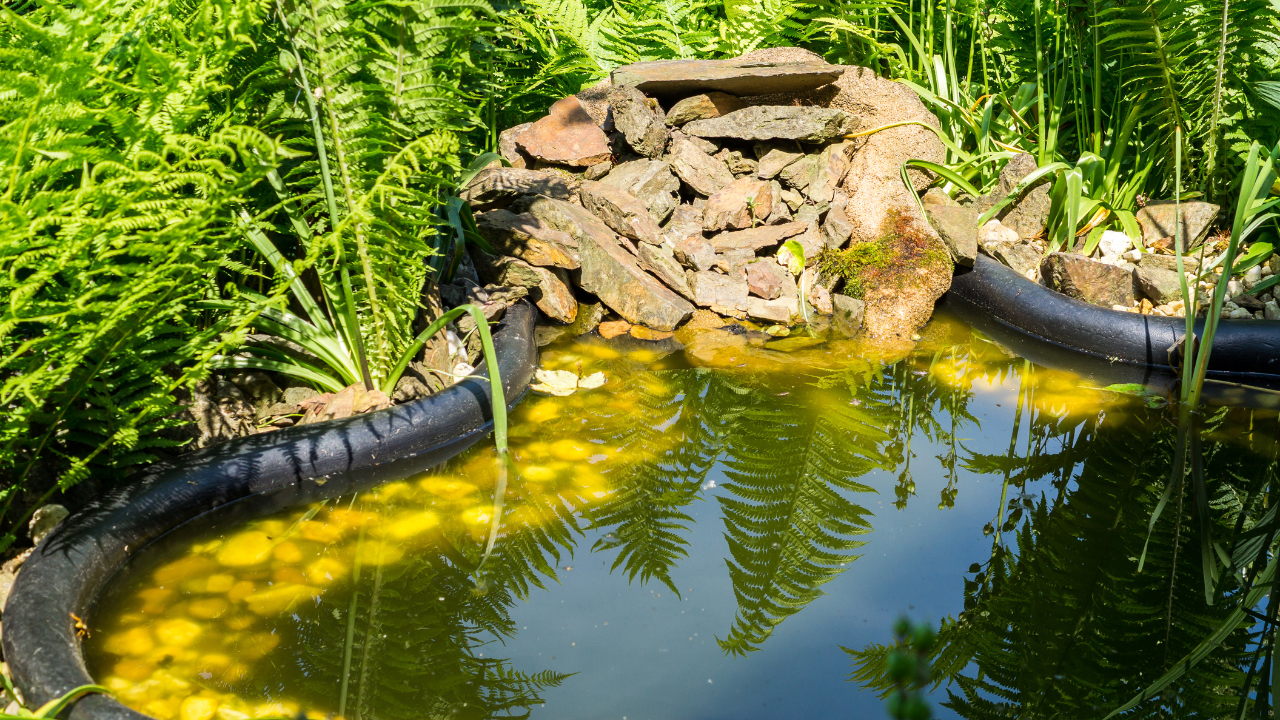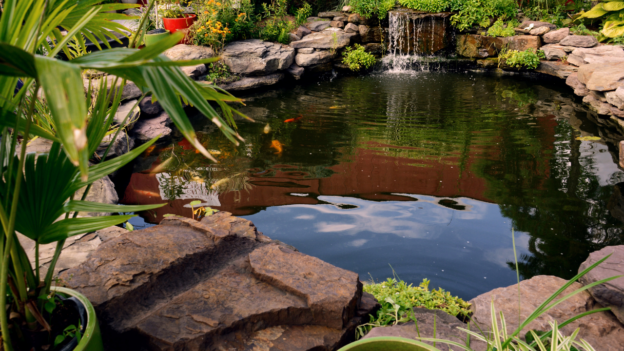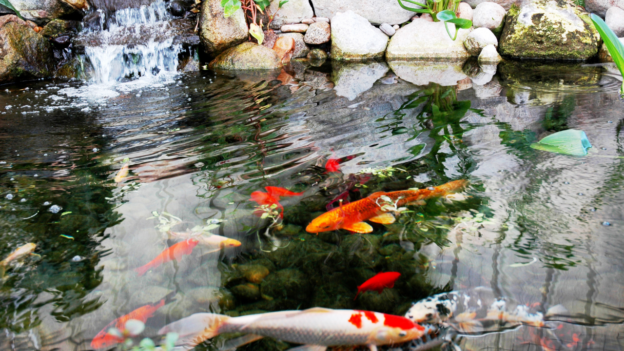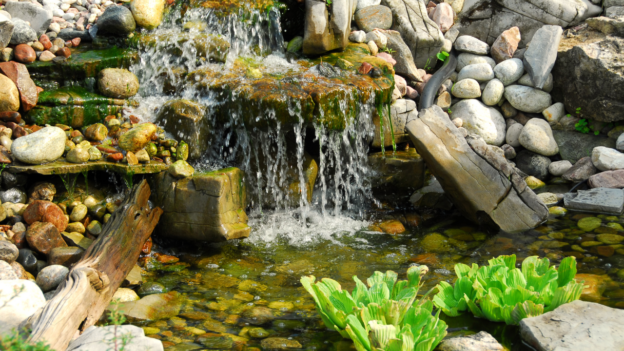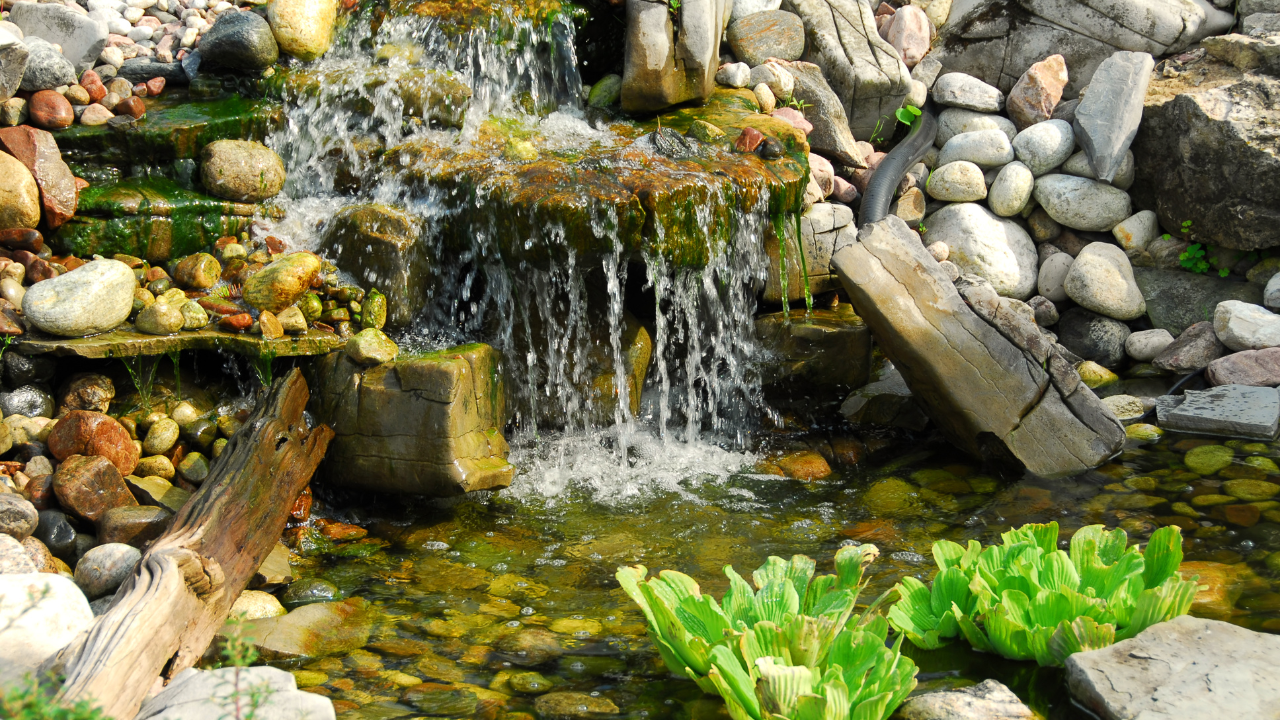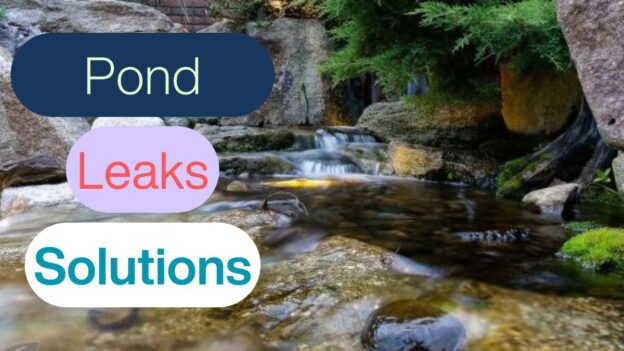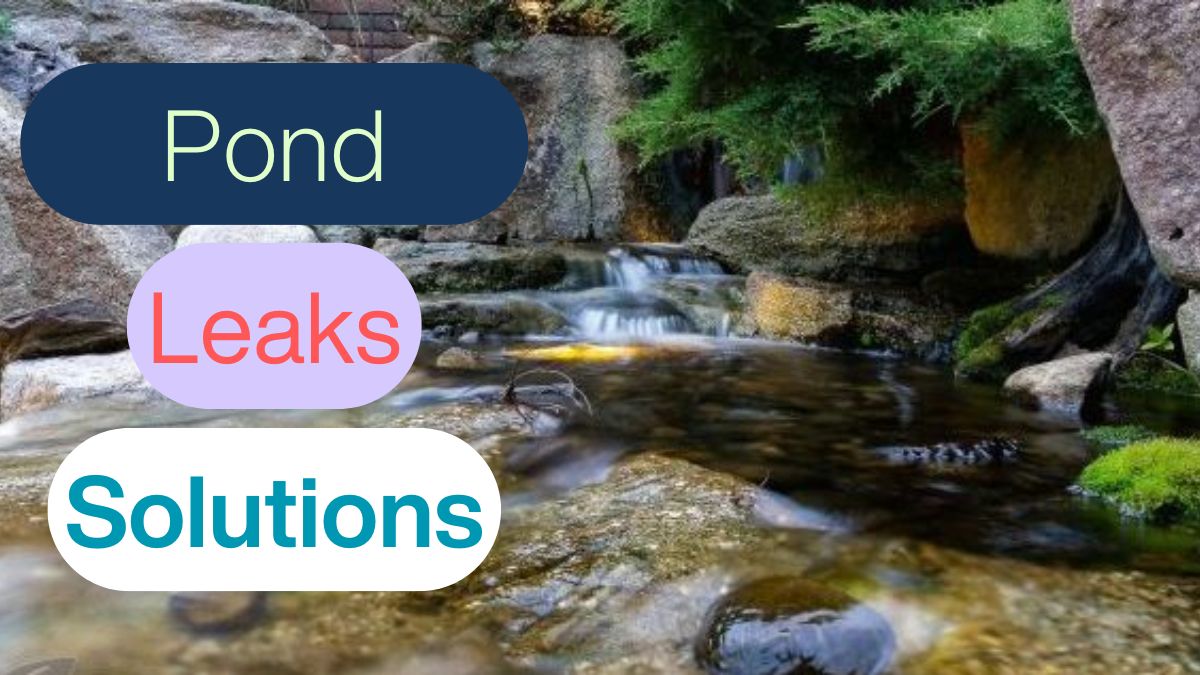Key Takeaways:
- Regular inspections prevent costly repairs by catching small issues early.
- A clean and maintained fountain boosts the beauty of any space.
- Checking pumps, filters, and water levels keeps your fountain running smoothly.
- Ignoring maintenance can lead to algae, pump failure, and expensive fixes.
- Using quality pond fountain parts and supplies in Orange County extends your fountain’s lifespan.
- Professional services like pond and fountain repair in Orange County ensure long-term efficiency.
- Routine care keeps garden fountains in Orange County looking fresh and working well.
Fountains bring a sense of peace and elegance to any space. Whether they are in a backyard, a commercial plaza, or a public park, keeping them in good shape is essential. Regular inspections help prevent problems before they turn into costly repairs. A little maintenance goes a long way in keeping your fountain running smoothly.
The Benefits of Regular Fountain Inspections
Ignoring maintenance can lead to expensive repairs. Routine inspections help in many ways:
- Prevents Costly Repairs – Small issues, if left unchecked, can become big problems. A simple clog or a small crack can lead to water loss or pump failure.
- Extends the Life of the Fountain – Regular check-ups keep every part in good condition, ensuring your fountain lasts for years.
- Keeps Water Clean and Healthy – Standing water can collect dirt, algae, and debris. Inspections help keep the water clear and safe.
- Protects the Pump and Other Components – The pump is the heart of your fountain. Regular inspections make sure it runs efficiently.
- Maintains the Beauty of Your Fountain – A clean and well-functioning fountain adds to the aesthetics of any space.
What Should Be Checked During an Inspection?
A thorough inspection covers several key areas:
- Pump Functionality – The pump should run smoothly without strange noises or interruptions.
- Water Levels – Low water levels can cause the pump to burn out. Always check and refill as needed.
- Leaks and Cracks – Even small leaks can lead to major water loss. Look for signs of damage.
- Filtration System – A clean filter ensures proper water flow and prevents blockages.
- Algae and Debris – Regular cleaning prevents buildup that can clog the system.
- Electrical Connections – Worn-out or loose connections can be dangerous and cause pump failure.
Regular inspections help catch these issues early, preventing bigger problems down the line.
Common Problems Found During Inspections
Fountains face wear and tear over time. Here are some common issues that inspections can catch early:
- Pump Failure – Dirt, debris, or mechanical failure can cause a pump to stop working.
- Clogged Pipes or Filters – Leaves, algae, and other debris can block water flow.
- Leaks – Even a small leak can cause significant water loss over time.
- Electrical Issues – Exposed wires or faulty connections can lead to safety hazards.
- Mineral Buildup – Hard water can leave deposits that affect water flow and damage parts.
If any of these issues arise, professional pond and fountain repair in Orange County can fix them before they become costly problems.
How Often Should You Inspect Your Fountain?
- Weekly Check-Ups – Basic visual inspections can help spot minor issues before they worsen.
- Monthly Maintenance – A thorough cleaning, checking the pump, and ensuring water clarity.
- Seasonal Inspections – Adjusting the fountain for weather changes, deep cleaning, and checking for wear and tear.
- Yearly Professional Inspection – Experts can spot hidden issues and recommend necessary repairs or replacements.
Choosing the Right Supplies for Maintenance
Using the right products can make a big difference in how well your fountain runs. High-quality pond fountain parts and supplies in Orange County ensure durability and smooth operation.
- Filters – Keep the water clean and prevent clogging.
- Water Treatments – Prevent algae growth and maintain water clarity.
- Sealants – Fix small leaks before they become major problems.
- Replacement Pumps – If your pump is failing, a high-quality replacement is a must.
Investing in quality parts keeps your fountain running efficiently and looking beautiful.
Why Professional Inspections Are Worth It
While basic maintenance can be done at home, professional inspections offer several benefits:
- Expert Eyes Catch More – Professionals know what to look for and can detect hidden issues.
- Saves Time – Instead of spending hours checking every detail, let experts handle it.
- Prevents Future Problems – A professional can offer solutions to prevent issues before they start.
- Ensures Proper Functionality – A thorough inspection ensures that all parts work as they should.
If you have garden fountains in Orange County, regular inspections by professionals can extend their life and keep them looking great.
Keeping Your Fountain in Top Shape
Routine inspections and maintenance are the keys to a long-lasting and beautiful fountain. Whether you own a small backyard fountain or a large commercial display, taking care of it ensures it stays in top condition year-round.
At Orange County Pond Services, we specialize in pond and fountain repair in Orange County. From fixing leaks to providing top-quality pond fountain parts and supplies in Orange County, we ensure your fountain stays in peak condition. If you need expert care for your garden fountains in Orange County, our team is ready to help. Contact us today to schedule an inspection!
